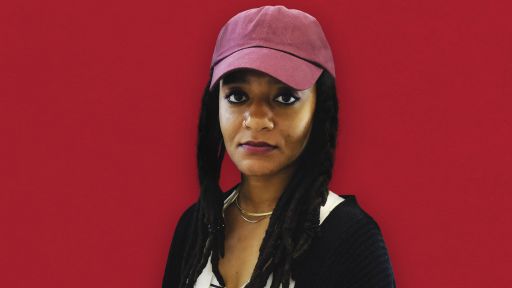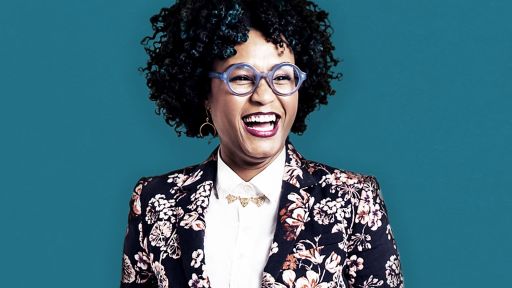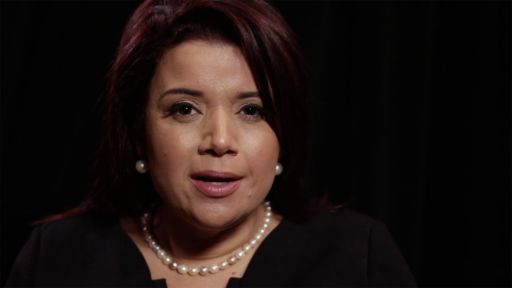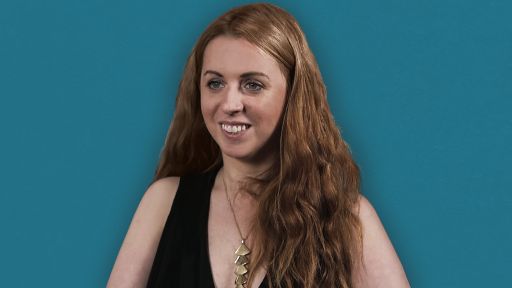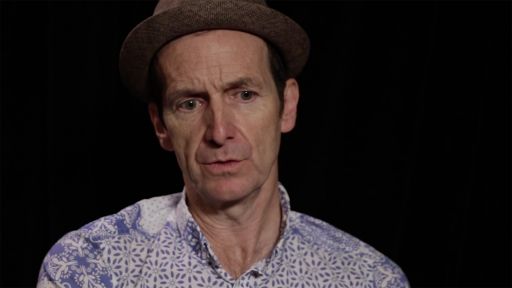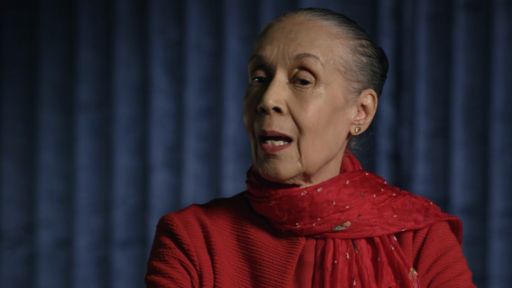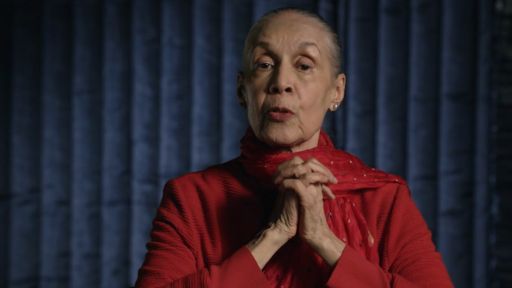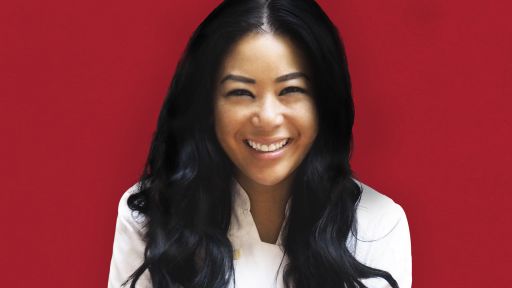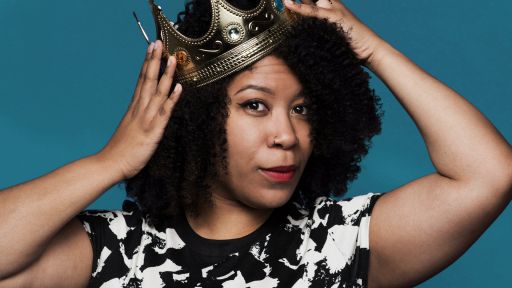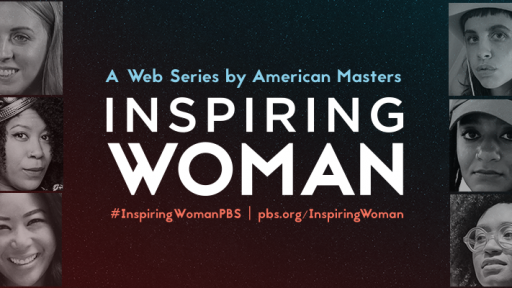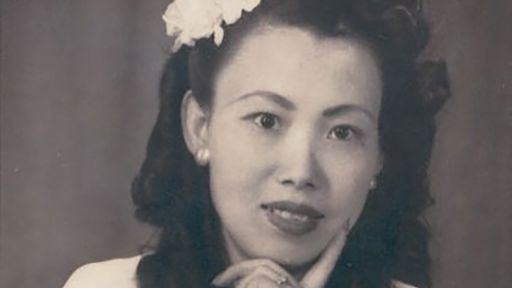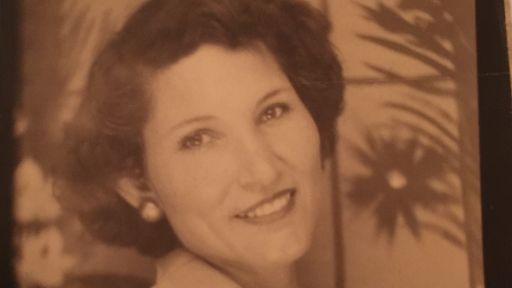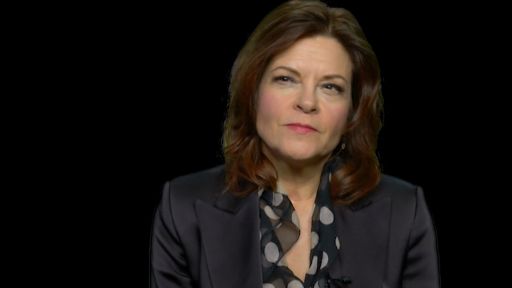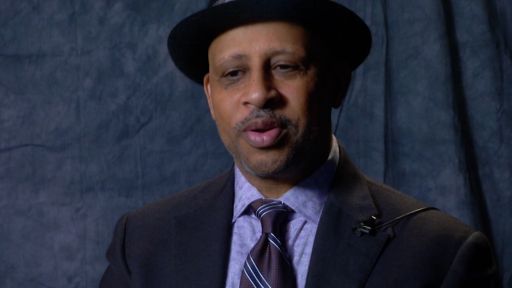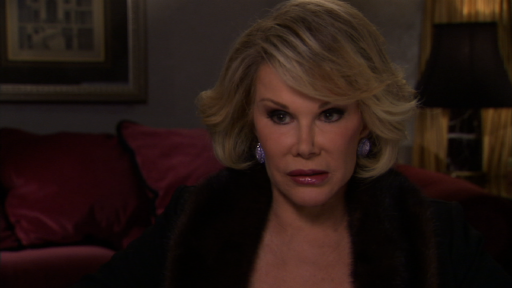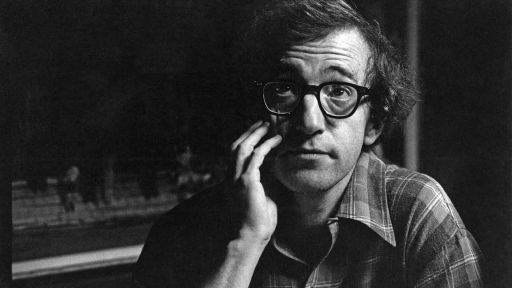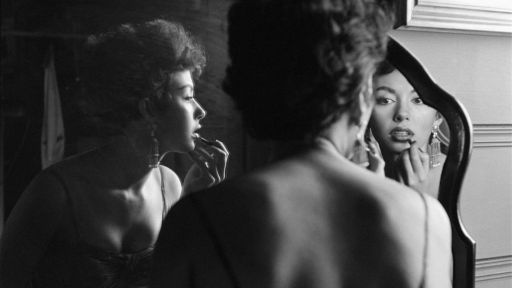TRANSCRIPT
Everyone's sort of like always rep'ing a place that they're from. I think that I've sort of just realized that the Internet is that space for me.
Growing up it was interesting and frustrating being someone that was born in Puerto Rico who moved to Indiana out of all places where there are literally no Puerto Rican people, and I think the reason that I went to the Internet was to find a place where I felt like I belonged, in a sense. That doesn't mean that it's like a perfect place, and it's not without its problems, and obviously I'm like, super frustrated by it all the time, but it's the only place that I could feel like I could really represent fully in a lot of ways. Right before I graduated college is when I started noticing that things were sort of changing. That was like the first time that I'd realized that people were paying attention to me, because I had never had the idea that someone could recognize me from the internet in real life.
My favorite thing about the work that I make is the misconceptions that people have, because we're looking at each other online all day and we're just projecting whatever it is onto each other, so I think it's really amazing that some people interact with my work and they don't know that I'm an artist.
I sort of like when people look at my work who do know that I'm an artist, and they don't think that it's art because they're like, 'well what's the difference between you and like, some famous person on YouTube or like, someone that takes pictures of themselves?' [Molly reading: What are some of your favorite grime songs? I think [Molly reading: you're beautiful and you inspire me, lol.] I think my piece 'Inbox Full,' which is a piece of me reading my entire Tumblr inbox for ten hours that I recorded and put on YouTube, is a huge piece for me. I really didn't know what I was doing at the time. [Molly reading: Maybe we actually trust you to be honest with us baby.] I was working retail, and I thought that art was just going to be like a hobby for me, just like a lot of people are conditioned to feel, and this curator, Lindsay Howard, she approached me and was like, 'I'm putting together this art auction. It's the first ever digital art auction. Do you want to make a piece for it?' It's really hard branching into sort of a more, like, art world context when everyone sort of sees what you're doing as sort of low-brow or like too accessible or whatever it is, and she was sort of really crucial, and really helped me a lot like early on in my career. I just recently had a show called 'I'm Just Happy to Be Here.' In the show you have a laptop that has a bunch of files on it that you're meant to go through, sort of feeling like you would just be going through someone else's computer and like looking at all their files. On the two mirrors a very persistent man who is messaging me asking me to message him back, and on the other one it's someone asking me, 'is she real?' There's a karaoke piece - so basically I recorded myself on Instagram Live. It's about 30 minutes long, and as the video goes on you see the view count sort of drop, so you're watching yourself become less and less relevant. I really wanted to capture the sadness of performing for your camera. The way that we've all been conditioned to be online has changed a lot, and I don't think anyone's having fun.
Everything's really based off of like numbers and getting 'likes' and really, I think that it really just warps the way that we feel about ourselves, and I think it really warps the way that we look at things. So I think that people need to make conscious decisions to really surf the web and look for things outside of what is immediately accessible. For me I had to really learn everything by talking to other artists. And I also think that no one wants to hear this, but the best thing that you can do is literally just keep making work. And I think it's really good to actually be really transparent - like it's sort of good to be like, 'this is how much you should expect to get paid.'
'This is how you should sell a piece of art. This is how you should do things.' And I think just opening up that dialogue and people being more helpful to each other in that way will strengthen. I just feel really fortunate that I have sort of a base or like a community that allowed that for me.

